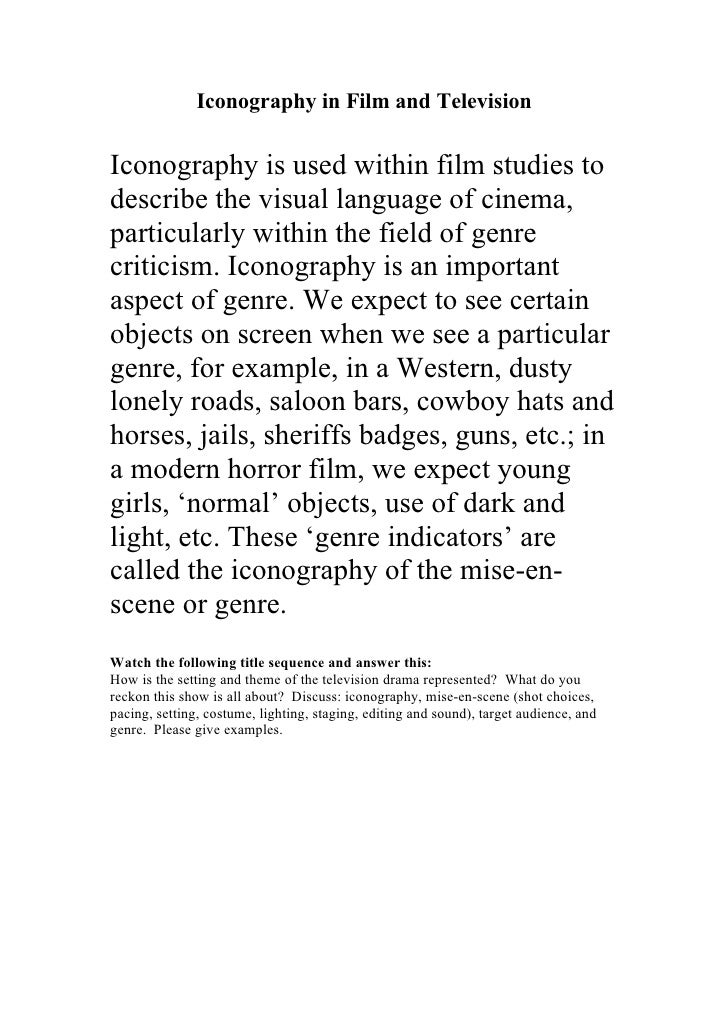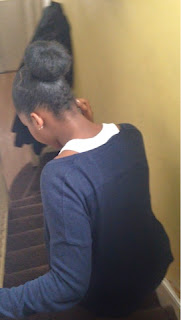The Task:
The task was to create a thriller opening about three minutes long, which maintains conventions and expectations if the film's genre. This should be the result of the research and planning that we carried out before we started the filming and editing process. We also had to use all of the micro-elements within our thriller product and ensure that we were following the conventions.
Generic Conventions of a Thriller:
Within the aspects of cinematography, conventions should involve: film shots, angles and movement. A convention for a thriller within cinematography is the use of a low angle. Low angle shots are used to show the superiority of the antagonist and makes this character look more frightening/intimidating to the audience than the other characters.
Another convention that is used is a high angle which shows the inferiority of a female protagonist.
A close up shot is also another convention because it is used to identify the details of Iconography and the character.
Fast paced editing is also a convention due to the speed building up suspense and tension within the audience, for example a fast paced edit during a fight within an action movie, this would raise the tension within the audience, due to everyone being at the edge of their seats trying to see what's happening. For the Mise en scene the conventions would be weapons, such as knives,guns, etc and representations of violence, so that would be like blood.
Generic Conventions Within my Thriller
Cinematography - A shot that we did within our thriller was a close up shot if our female victim. Doing this allowed the audience to see the expression which was an the actors face and body language, letting the audience know how she is feeling. We also used a close up shot again on our actresses face when she woke up, letting the audience know that she has just woken up from a shocking nightmare.
Editing - Slow paced editing is used to build up tension among the audience. This happened when you saw the victim fall on the stairs and the stalkers legs appear by the stairs door.
Fast paced editing is used with our thriller whilst the victim is being attacked in the corner with a close up at the end. This allows the film to speed up and the tension within the audience rises because they are eager to find out what is going to happen.
Sound - The non diegetic sounds which we create gave the audience the impression of a mysterious type of thriller, which in some cases is correct due to the stalkers identity, age, reasoning for doing what he is doing, etc is unknown.
Mise En Scene:
Costume: The main colours that were worn were black, which represented the thrillers characters as being vague and mysterious. Whilst the victim had on a black coat she had on blue and grey trainers, whilst the antagonist mostly had a black.
Iconography: The iconography that is used in the thriller fits the the expectation of the audience.
A phone is used in the first scene as victim is being followed by the stalker, due to the stalkers psychotic state of mind. The female victim starts to have a conversation on her mobile phone, which then diverts her attention away from the fact that someone is slowing approaching from behind. This shows the significance of the mobile phone.
This iconography is also used in the film 'Matrix', where Neo and the rest of his entourage have to use their phones in order to exit danger whilst they in their parallel world. Although the phone is being used differently here, it still shows the significance of the phone.
Setting: The setting fits expectations of the audience in the terms of convention. The second setting which is at the female victims' house, fits the expectation because she lives alone in the house, so in some sense she will be isolated. As it is revealed in the first scene, it was only a nightmare, so the main action begins to take place within the house. This develops the convention of the thriller genre.
Conventions of a Target Audience:
The target audience response would be anxious and a it scared, not only from the scenes but for the female victim. In thrillers, the generic convention will be for the thriller to appeal for 15 year old and older. The reasoning for this is because anyone under the age of 15 wouldn't be to relate to the themes of the thriller and wouldn't be in the age range to watch this content. When creating the thriller, we had to take this into consideration, so we had to carry out a questionnaire, so we knew who our target audience were and create a thriller that their age range would be interested in.



































